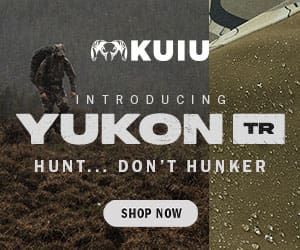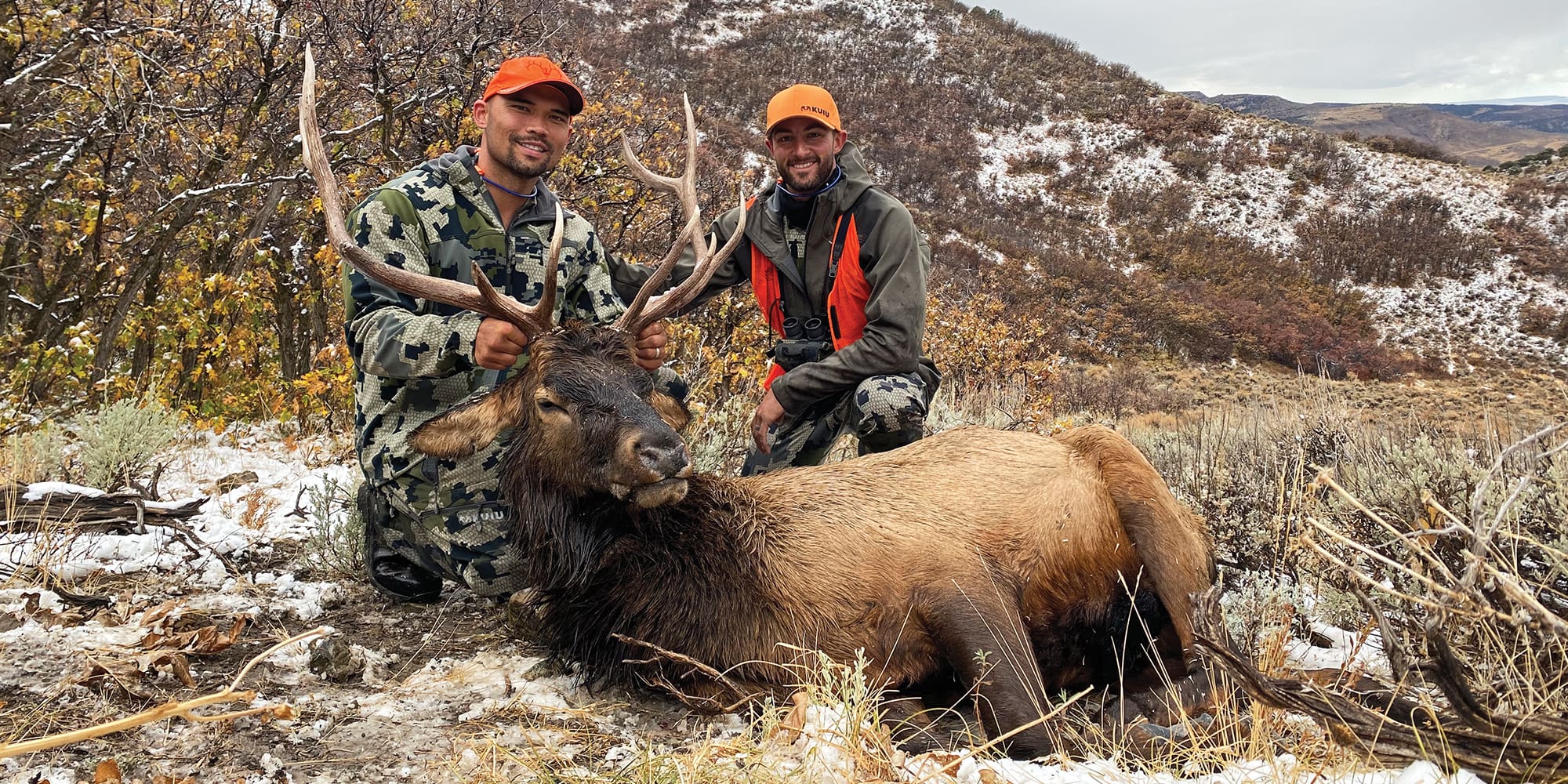
NOTICE: Certain links on this post may earn a commission for Western Hunter Magazine from Amazon or our other affiliate partners when you make a purchase. Thank you for your support.
Elk In Common: Colorado Elk Hunt
By Cody Barnes
Slow, methodical footsteps reduced our auditory footprint as we neared our objective. Minute movements from breaching equipment strapped to our backs momentarily broke the silence of the night. A few days’ worth of reconnaissance and planning led us to the point which we had been time and time again–the doorstep of another violent felon. We were miles away from Colorado Elk country; 1,025 miles to be exact. This setting is the most unlikely one in which to begin a story of chasing elk: the San Francisco Bay Area.
A little over six years ago, Jesse and I met when we were accepted into SWAT School for the San Francisco Police Department. We’ve worked side-by-side through countless high-risk search warrants, barricaded suspects, presidential escort details, and even a hostage rescue. There is a special camaraderie that comes with this line of work; it’s the experiences that you go through with one another that can build bonds that will last a lifetime. With that, my love of the outdoors and hunting became a regularly-discussed topic at work. Through the years I’ve shared photos, memories, and meat harvested from my yearly hunts.
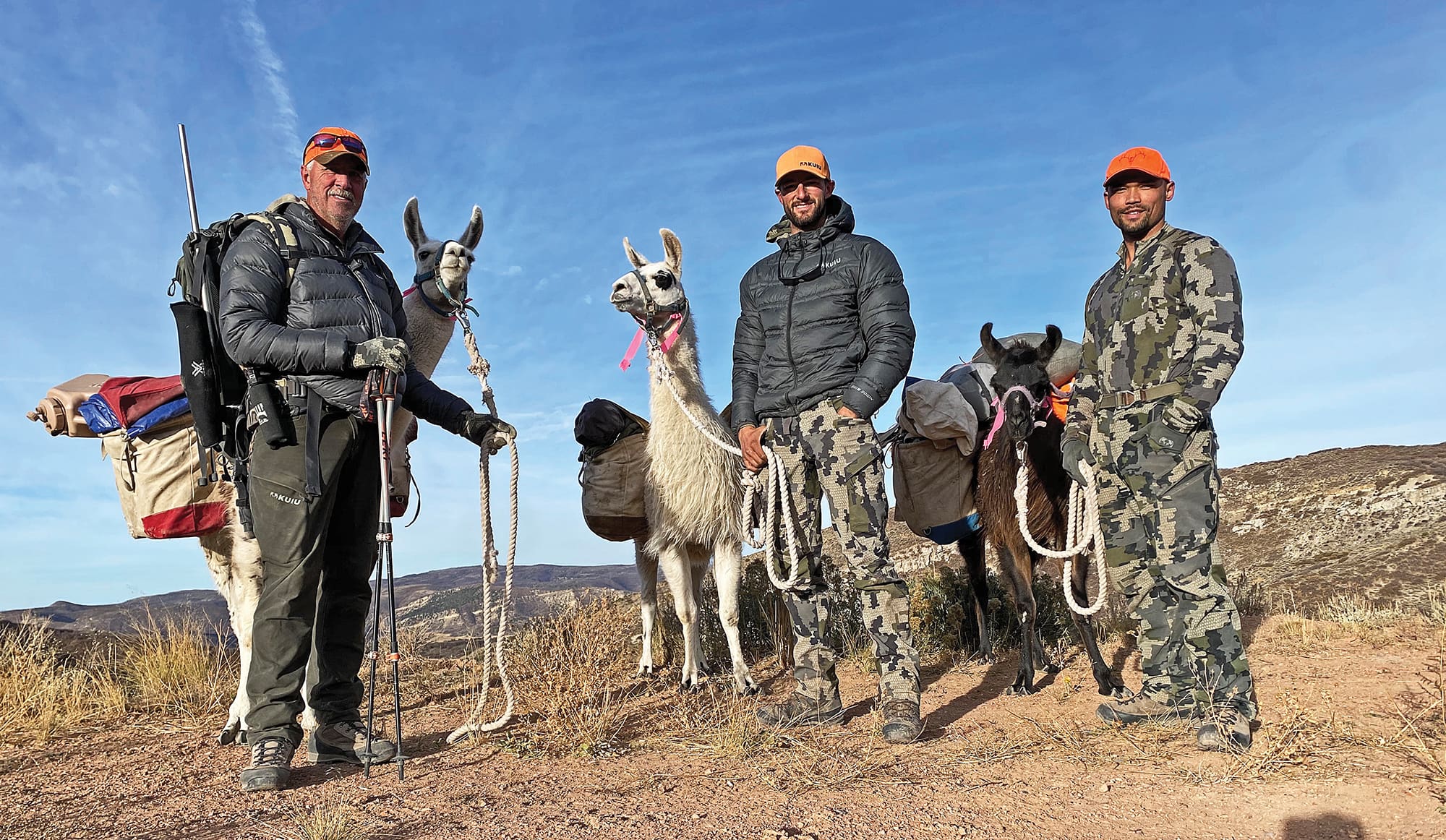
Forging Bonds
Since the fall of 2018, elk hunting has been at the forefront of every conversation we’ve had when we weren’t planning our next work operation. Dope cards, positional shooting, calibers, elk habitat, different GMUs, seasons, and how elk behavior changed from one season to the next were topics discussed continuously throughout the year.
The fall of 2019 found us in subzero temps in Colorado, packing in 300-plus pounds of gear on horses into public land with nearly a foot of snow on the ground. Despite getting on plenty of elk, a legal bull on Jesse’s OTC tag went unfilled. This can be discouraging for any hunter, but it’s the reality of hunting pressured elk on public lands. Despite the tag soup, Jesse got to partake in a beautiful 180” mule deer that I filled my tag with and one hell of an adventure that bit him hard. I knew from the moment we left the trailhead with panniers filled to the tilt, Jesse was sold for life.
Reminiscing on his first adventure in the elk woods and planning the upcoming year’s hunt, we pored over OnX maps like topographical candy for hours. We attempted to decipher how pressure from nearby outfitters and other public land hunters would change our game plan as the season progressed. Summer begrudgingly dragged by until, finally, fall was upon us. Now with llamas in tow, we packed the panniers up and hit the trailhead. The jumbled mess of BLM, state trust lands, and private property resembled more of a jigsaw-cut route than a straight line from point A to B. Four miles in we set up camp and confirmed plans for an early morning day of scouting the day before the opener.
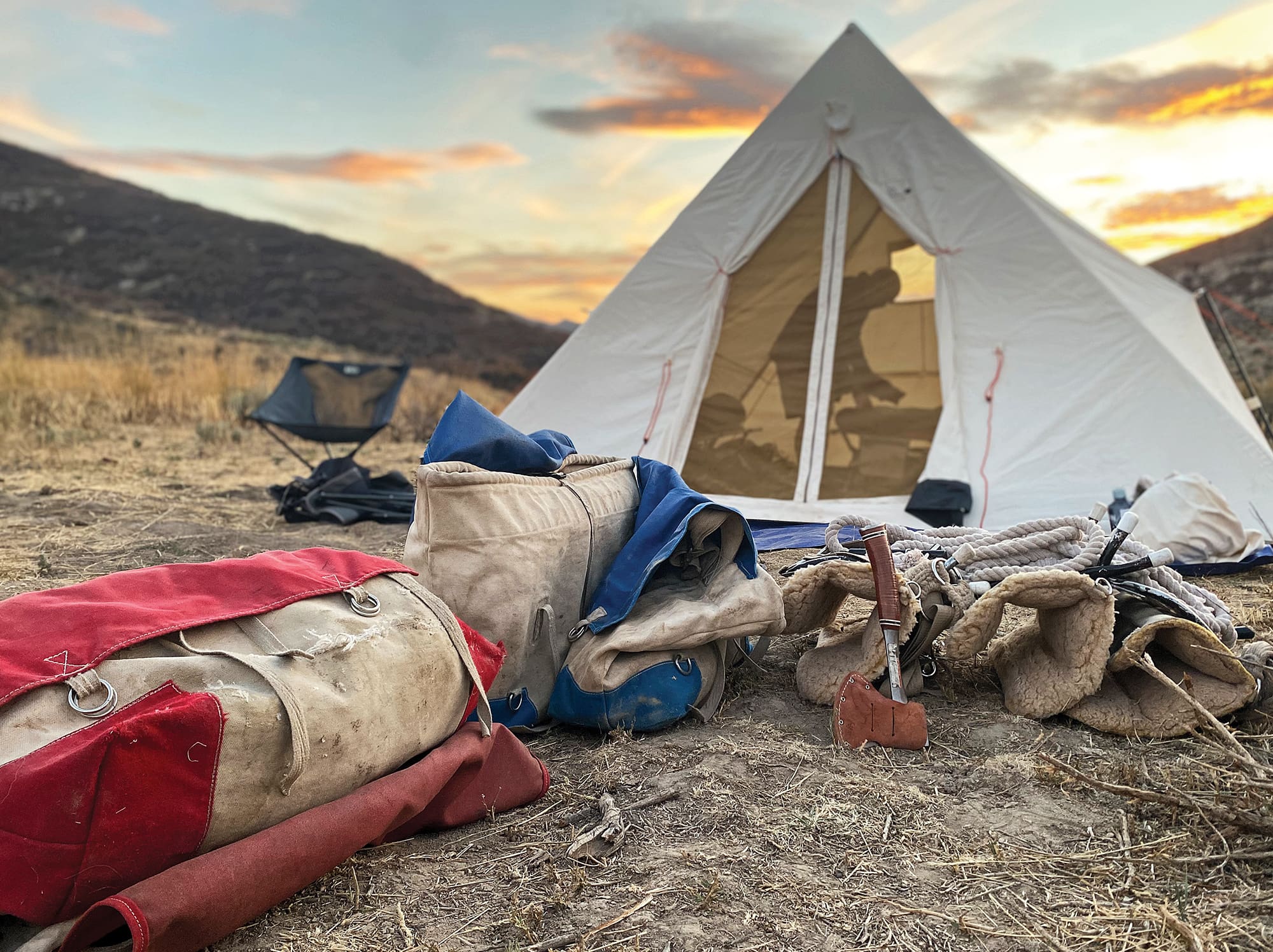
Tough But Promising
No sooner than we had laid our heads down, the monotonous tone of a cell phone alarm rang; a restless night indeed, but no thanks to the anxiousness of scouting new terrain. A 14-mile round-trip hike revealed a legal bull and a run-in with some guides from a local outfitter. They didn’t seem thrilled to see public land hunters had made it 10 miles in from the nearest public access point. Regardless, I spitballed our plans for opening morning as a courtesy and wished them well before we parted ways. Our scouting day felt like a success, as we had elk located and a solid plan for opening morning.
Sleep was more of an idea than an actuality for me that evening. Here I was with a cow tag in hand, rolling around like I was sleeping on a coveted Arizona bull tag. It wasn’t my own fortune that kept me tossing around, of course. I couldn’t wait to see my buddy have the opportunity to connect on his first elk tag, let alone the first time he would ever harvest a big game animal.
A 2 AM wake-up call and seven-mile hike later, we sat amongst the gambrel oak with first light at our backs. The desolate, tranquil landscape of the day prior resembled more a circus of orange as outfitters and those with access through private lowlands now flooded the jigsaw of BLM that lay before us. Every now and again, a rifle would bellow off in the distance. The noise was just enough to pull our faces away from tripod-clad glass and share a hopeful smile. We patiently worked the landscape and located a few legal bulls that were unobtainable from parcels of private.
Frustrated but hopeful, we decided to slowly hunt our way back to camp the rest of the day. With more hunters than elk spotted, we knew yet again that getting a bull down would be no easy task. While hunting our way back, we located a guzzler on public land–a great reminder of how valuable boots-on-the-ground knowledge is of any area you hunt! With no prior knowledge of publicly-accessible water, we had packed in nearly 80 pounds of water for the llamas on this trip!
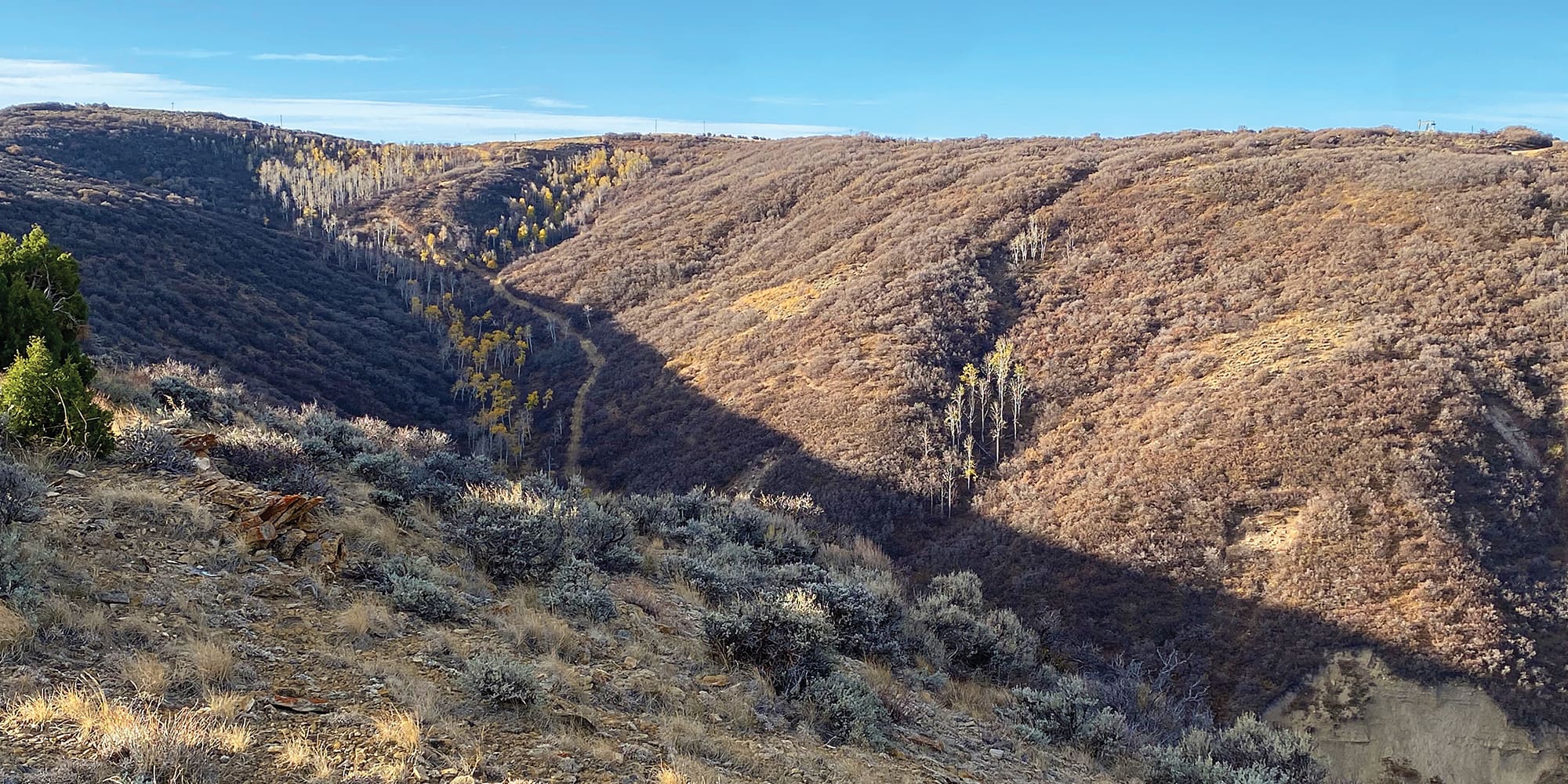
Creating Opportunities
Having put 15 miles on our treads opening day, we decided to try a spot only a few miles away come day two. We had located elk in this particular drainage the year prior and believed it to be a good contender. It was far away from the nearest outfitter but somewhat obtainable for a hardcore day hunter to access. To boot, it was close to a recent burn that could provide a decent food source. Lack of pressure, one-mile access to water, nearby food source, and elk spotted on a previous year… how could we go wrong?
More restless sleep and a pack of oatmeal down the gullet were all we needed to make our ascent by headlamp the following morning. Once we made it to our drainage, we stopped on the backside–just close enough that we could hike over relatively quickly. We didn’t need downhill thermals sending elk out of sight before first light would reveal an opportunity for the taking. A few minutes before legal shooting light, we crested the ridge and dropped down far enough so as not to skyline ourselves. Tripods set, glasses out… it was time. After 45 minutes, only the sounds of a magpie and a crow had made an appearance. Sometimes you can’t help but wonder if you’re being called out… as if somehow the animals of the landscape had some understanding of alerting one another to the presence of humans. We decided to take a look at the drainage from another angle.
After a short sidehill across the drainage, Jesse had spotted some elk. A closer look through the spotter confirmed a nice five-point bull. Time and terrain on our side, we decided to stalk in closer. As we neared 350 yards, we decided it would be the most advantageous spot to take the shot. We had the high ground and a good visual of a nearby saddle in case he attempted to go over the top. As Jesse readied the tripod, I kept him updated on the bull’s location and distance. Dialing into 325 yards, he patiently sat, watching and waiting for the bull to present a decent shot.
Making Moves
The bull weaved in and out of thick gambrel oak, always stopping just enough to block a shot into the vitals. Just like that, we watched him feed over a small contour running down the drainage. I could tell desperation and frustration were plaguing Jesse’s mind. Had he really just missed out on what might be his one-and-only opportunity on a legal bull? By now it was nearly 9:30 in the morning. I reassured Jesse that the bull had likely gone to bed down. To be safe, we waited 45 minutes to confirm the bull didn’t continue to feed onto the adjacent portion of the drainage.
With dark clouds on the horizon, it became clear that a storm was moving in, fast. A light wind turned into strong gusts and within the hour, what appeared to be mediocre snow turned into an accumulation of three-plus inches and near white-out conditions. With the wind blowing in our favor and the cover of snow, now was the time to stalk into a better position. There was no way the bull would risk a move from his bed in the storming conditions. With our gear packed up, we flew down the backside of the drainage and did a one-eighty around the suspected bedding location. A quick aerial on OnX revealed that we had pinned-down the exact knob where we needed to pop out.
Using the cover of junipers, we crested the knob and were careful not to drop too far in elevation. Within minutes we had relocated the elk. Just 300-plus yards out lay the bedded five-point bull and a handful of cows. With them unaware of our presence, we began to set up for a shot. The crosswind continued to blow in our favor and the snow continued to fall. For nearly five minutes, Jesse fought visibility issues from the pouring snow and moisture that had developed on the ocular lens of his scope. Unbeknownst to me, the scope rag he had was doing a poor job of retaining any of the built-up moisture. He was pushing melted snow around and couldn’t pick up the bull through his scope.
Did I mention that this was the one day I had forgotten to pack all of my insulating layers? Yep. So many times I had reminded my buddy how important it was to keep your insulating layers packed with you. In case of a dramatic change in weather or an unforeseen injury that resulted in you sleeping on the mountain overnight, it was a must. But, there I sat with a thin t-shirt, wind-blocking jacket, and a pair of summer season pants–no base layer or insulating layers underneath. Seeing how frustrated Jesse was becoming with the condensation and low visibility coupled with me freezing my ass off, I knew we needed to take a step back. So, we crept from our spot and back over the knoll to warm up and wait out the low visibility of the snowfall.
Within minutes we had stringy juniper bark up in flames and were stacking on dead limbs from pinyons. The flames were just what we needed to get us back on track. With dry warm clothing and the snow dissipating we smothered the fire out and set back over the side of the ridge. After crawling into position, we again located the bull in the same spot where we had left him. The snowfall seemed to gently glide to the earth and act as a good indicator of how much crosswind we had. It didn’t take long before the muzzle brake of Jesse’s rifle cracked the stillness of the mid-morning snowfall.
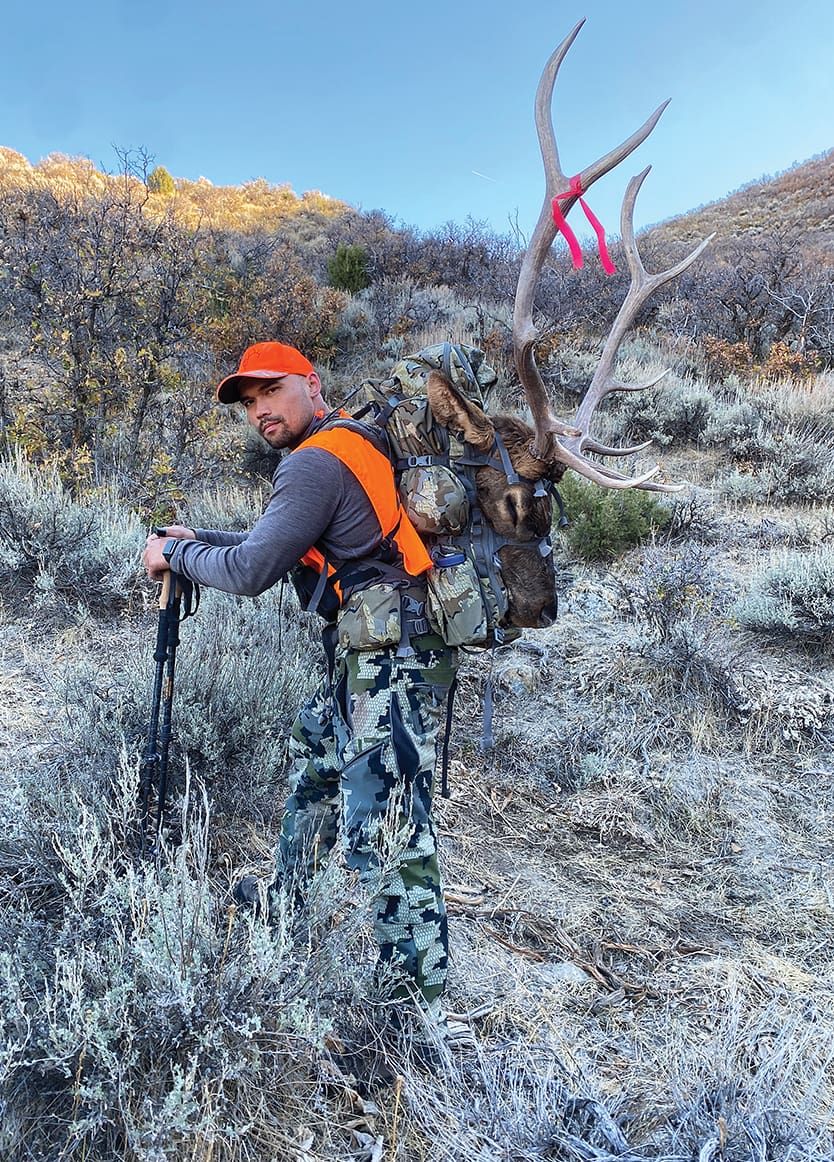
With my glasses up, I confirmed the first round hit, and it hit hard. The bull slowly stood up and took a step or two backward as if he had just taken a sucker punch that knocked the wind out of him. Jess immediately chambered another round and sent it flying as the bull turned broadside. Whack!! The bull took his last step and went sliding headfirst into the dirt. Bull down. Pure elation coursed through our veins. What a stalk. What an experience for a first-time elk harvest. What an experience for any hunter, for that matter.
In this day in age, there are very few of us who have been lucky enough to have been bestowed the knowledge of hunting. It’s more important now than ever that we help pass that skill along. For conservation, for tradition, for the future of the outdoors and hunting, so that we as human beings don’t stray too far from knowing where our food comes from. Find a friend, find a family member… share the knowledge, so that hunting does not become something we read about in a history book someday.
Gear List
| Rifle | Christensen Arms Ridgeline |
| Ammo | Hornady 143 Gr. ELD-X 6.5 PRC |
| Tent | Snow Trekker 13x15 |
| Backpack | Kuiu Pro 6000 |
| Trekking Poles | Wiser Precision Quick StiXs |
| Dehydrated Meals | Off Grid Food Company |

